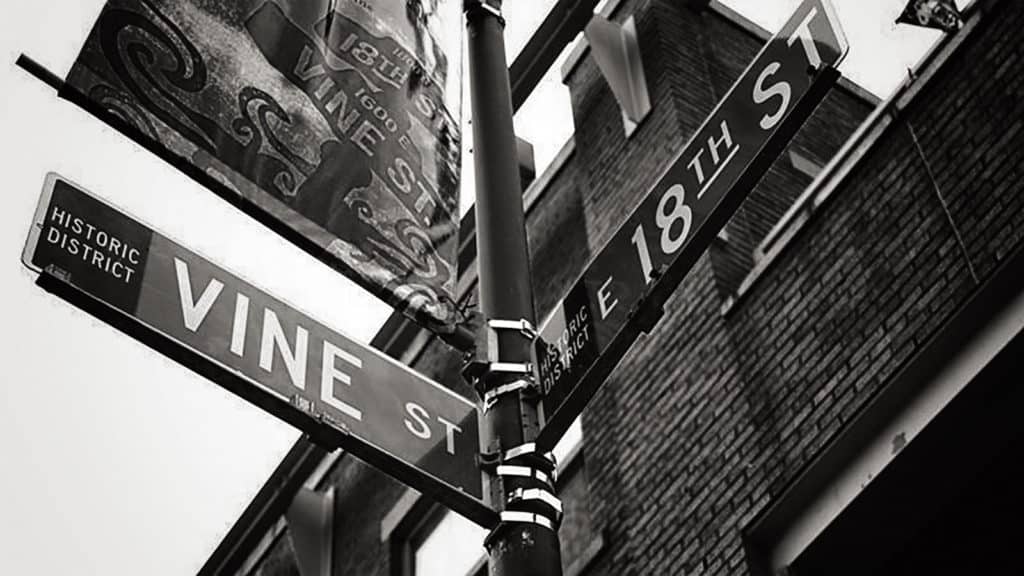If the goals seem broad and lofty, described by the authors as “radical change at all levels,” so do the stakeholders needed to realize them, including, “existing community development entities, philanthropies, national financial institutions, the federal government, local governments, communities themselves.”
Despite the all-encompassing nature of the report, there may be less there than it appears.
The paper asserts that while the federal government “…drifts, local institutions and leaders are moving forward,” a new system of development has arisen, combining public and private investment.
One of the problems is their excitement about Opportunity Zones created in the Tax Cut and Jobs Act of 2017. I’m not as optimistic about the use of Opportunity Zones and the successes of place-based economic development programs are sketchy at best. State and local programs meant to drive investment toward economically challenges areas are largely a waste. Plus, a recent piece out of The New York Times highlights some of the criticisms of the new federal program.
Moreover, the paper holds up Kansas City’s 18th and Vine Jazz District as an example of good development:
Kansas City’s 18th and Vine district, for instance, is a historic hotspot for jazz and blues music, and today is the epicenter for a whole neighborhood development approach.
Anyone familiar with the Jazz District knows that it has been a money pit for decades, with taxpayers pouring in more than $100 million since the 1990s to revitalize the area. The results of all this economic development? Little more than mismanagement and lawsuits.
Elected leaders come and go, and each one offers promises of quick fixes and economic growth. But that growth isn’t a flick of the wrist or a rabbit from a hat.
Economic growth is the product of doing the little things right time and time again: maintaining infrastructure, providing for public safety, and being as little an obstacle as possible to the people generating their own wealth and opportunity.
Those things may not look good on a campaign sticker, but they really are the only things that have worked at building wealth in any community.
